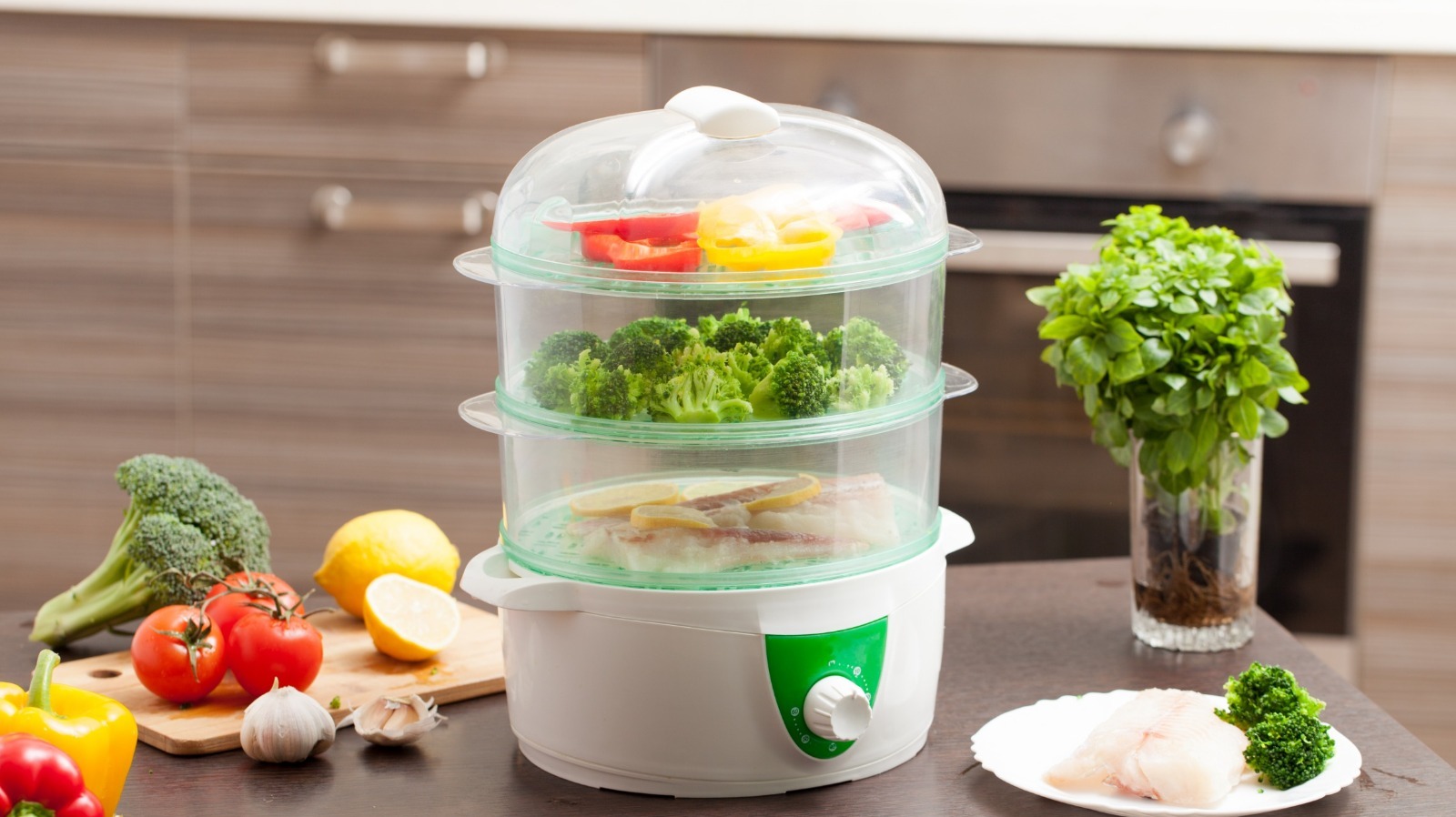

Articles
How To Use Vegetable Steamer
Modified: August 30, 2024
Learn how to use a vegetable steamer effectively with our informative articles. Discover tips and tricks for healthy cooking and preserving nutrients.
(Many of the links in this article redirect to a specific reviewed product. Your purchase of these products through affiliate links helps to generate commission for Storables.com, at no extra cost. Learn more)
Introduction
Welcome to the world of healthy cooking! If you’re looking to add a nutritious twist to your meals, then using a vegetable steamer is the way to go. A vegetable steamer is a fantastic kitchen tool that allows you to effortlessly steam vegetables, retaining their vitamins, minerals, and vibrant colors.
Steaming vegetables is a simple yet effective cooking method that helps preserve their natural flavors and textures. Unlike boiling or frying, steaming requires minimal oil and ensures that the vegetables maintain their nutritional value. This makes it an ideal choice for those seeking to incorporate more plant-based foods into their diet or aiming for weight loss.
In this article, we will explore the benefits of using a vegetable steamer, the different types available, how to prepare and use a vegetable steamer, and essential tips for achieving the best results. So, let’s jump right in!
Key Takeaways:
- Steaming vegetables using a vegetable steamer retains nutrients, enhances flavors, and promotes healthy eating. It’s a convenient, versatile, and easy way to enjoy delicious, nutrient-rich meals.
- Different types of vegetable steamers, such as stovetop, electric, microwave, and bamboo, offer unique features to suit various cooking preferences. Proper preparation, usage, and maintenance ensure optimal steaming results and longevity of the steamer.
Read more: How To Use A Steamer For Food
Benefits of Using a Vegetable Steamer
Using a vegetable steamer offers numerous advantages when it comes to cooking and enjoying your favorite vegetables. Here are some of the key benefits:
- Retains Nutritional Value: Steaming vegetables helps retain their natural vitamins, minerals, and antioxidants, which can be lost through other cooking methods. The gentle heat of the steam prevents excessive nutrient loss, ensuring that you get the maximum health benefits from your veggies.
- Preserves Color and Texture: Unlike boiling, which can cause vegetables to become mushy or lose their vibrant colors, steaming allows them to maintain their natural textures, crispness, and appealing colors. Steamed vegetables retain their visual appeal, making them visually appealing and appetizing.
- Enhances Flavor: Steaming vegetables helps to retain their natural flavors. The steam gently cooks the vegetables without leaching out their natural juices. This results in a more intense and delicious taste compared to other cooking methods.
- Easy and Convenient: Vegetable steamers are incredibly easy to use. Most models come with user-friendly features and simple controls, allowing you to steam your vegetables with minimum effort. Additionally, steaming is a quick cooking method, allowing you to whip up a nutritious and flavorful meal in no time.
- Versatile: Vegetable steamers are not limited to just vegetables. You can also steam fish, poultry, dumplings, and even fruits, expanding your culinary possibilities. This versatility makes a vegetable steamer a valuable addition to any kitchen.
- Promotes Healthy Eating: Steaming vegetables promotes a healthy lifestyle by encouraging the consumption of nutrient-rich foods. It’s an excellent way to incorporate more vegetables into your diet, helping you meet your daily recommended servings and supporting overall well-being.
Incorporating a vegetable steamer into your cooking routine can revolutionize the way you prepare and enjoy vegetables. From retaining nutrients to enhancing flavors and textures, the benefits are numerous. So, why not give it a try and experience the wonders of steamed vegetables?
Types of Vegetable Steamers
When it comes to vegetable steamers, you have several options to choose from. Each type offers its own unique features and benefits. Here are the most common types of vegetable steamers:
- Stovetop Steamer Basket: This is the most traditional and widely used type of vegetable steamer. It consists of a metal or silicone basket with holes to allow steam to circulate. It fits into a pot or saucepan, and the vegetables are placed in the basket while the pot is filled with water. As the water boils, the steam cooks the vegetables. Stovetop steamer baskets are affordable and versatile, as they can be used with different sizes of pots.
- Electric Steamer: Electric steamers are standalone appliances specifically designed for steaming vegetables and other foods. These countertop devices consist of multiple tiers or compartments where you can place your vegetables. They have built-in heating elements and timers, allowing you to set the desired cooking time and temperature. Electric steamers offer convenience and precision, as they take care of the cooking process automatically.
- Microwave Steamer: If you’re looking for a quick and convenient option, a microwave steamer is worth considering. These steamers are made of microwave-safe plastic and usually have a vented lid or steam release vent. Simply add your vegetables to the steamer, add a small amount of water, cover, and microwave according to the instructions. Microwave steamers are ideal for those with limited kitchen space or who want to enjoy steamed veggies in a hurry.
- Bamboo Steamer: A bamboo steamer is a traditional Asian cooking tool that consists of stacked bamboo baskets. It is commonly used for steaming foods such as vegetables, dumplings, and buns. The baskets are placed in a wok or pot with boiling water, and the steam rises through the stacked layers, cooking the food. Bamboo steamers are known for their ability to infuse a subtle, earthy flavor into the food. They are lightweight, eco-friendly, and visually appealing.
Consider your cooking preferences, kitchen space, and budget when choosing a vegetable steamer. Each type has its advantages, so pick the one that fits your needs and will help you enjoy delicious, nutrient-rich steamed vegetables at home.
Preparing the Vegetable Steamer
Before using your vegetable steamer, it’s essential to properly prepare it to ensure optimal cooking results. Here’s a step-by-step guide on how to prepare your vegetable steamer:
- Clean the Steamer: If it’s the first time using your vegetable steamer or if it has been stored for a while, give it a thorough cleaning. Wash the steamer and any removable parts with warm, soapy water. Rinse well and dry completely before use.
- Check for Damages: Inspect the vegetable steamer for any damages or faults. Ensure that all the parts are in good condition and fit together securely. Avoid using a damaged steamer, as it may affect the cooking process or even pose safety risks.
- Prep the Vegetables: Wash your vegetables thoroughly under running water to remove any dirt or debris. Trim off any stems, leaves, or ends as needed. Cut the vegetables into uniform sizes to ensure even cooking. For larger vegetables like broccoli or cauliflower, separate them into florets.
- Add Water: Depending on the type of steamer you’re using, you may need to add water to the pot or reservoir. Follow the manufacturer’s instructions for the recommended water level. Avoid overfilling, as it can cause water to spill or interfere with the steaming process.
- Preheat the Steamer: Some steamers require preheating, while others can be used directly. Follow the instructions provided with your specific steamer. Preheating helps create steam more quickly and promotes efficient cooking.
By following these steps, you will ensure that your vegetable steamer is in optimal condition and ready to use. Preparing the steamer correctly sets the stage for successful steaming and deliciously cooked vegetables. Now that your steamer is ready, let’s move on to the next section to learn how to use it!
When using a vegetable steamer, make sure to cut your vegetables into uniform sizes to ensure even cooking. This will help you achieve perfectly steamed vegetables every time.
Step-by-Step Guide on Using a Vegetable Steamer
Using a vegetable steamer is a straightforward process that guarantees perfectly steamed vegetables every time. Here’s a step-by-step guide on how to use a vegetable steamer:
- Add Water: Place your vegetable steamer on the stove or countertop, depending on the type you have. Add the required amount of water according to the manufacturer’s instructions. For stovetop steamers, make sure the water level is below the steamer basket.
- Heat the Water: Turn on the heat and bring the water to a boil. Allow the steam to build up before adding your vegetables.
- Arrange the Vegetables: Once the water is boiling and steam has formed, carefully place your prepared vegetables into the steamer basket or compartments. Arrange them in a single layer, ensuring that the steam can circulate around each piece.
- Cover the Steamer: Cover the steamer with the lid to trap the steam and create a sealed environment. This will ensure that the vegetables are cooked evenly and retain their moisture.
- Set the Cooking Time: The cooking time will vary depending on the type and thickness of the vegetables. Refer to a steaming chart or the recipe you’re following for specific timings. Generally, most vegetables take around 5-10 minutes to steam.
- Check for Doneness: After the recommended cooking time, carefully open the lid to check if the vegetables are cooked to your desired tenderness. Use a fork or a knife to pierce the vegetables to test their doneness. If they need more time, cover the steamer and continue cooking for a few more minutes.
- Remove from Heat and Serve: Once the vegetables are cooked, carefully remove the steamer from the heat source. Use oven mitts or kitchen tongs to handle the hot steamer. Transfer the steamed vegetables to a serving dish and season with salt, pepper, herbs, or your favorite sauces.
Following these steps will help you achieve perfectly steamed vegetables that are flavorful, vibrant, and packed with nutrients. With practice, you’ll become more familiar with the cooking times for different vegetables, allowing you to adjust them according to your preference. So go ahead and enjoy your delicious, healthy steamed vegetables!
Read more: How To Use A Steamer
Tips and Tricks for Best Results
To elevate your vegetable steaming game and achieve the best results, consider incorporating these tips and tricks:
- Choose Fresh Vegetables: Opt for fresh, high-quality vegetables for the best flavor and nutritional value. Look for vibrant colors, crisp textures, and no signs of wilting or decay.
- Season the Water: Add flavor to your vegetables by seasoning the water with salt, herbs, spices, or other aromatics. The steam will infuse the vegetables with subtle flavors, enhancing their taste.
- Use a Timer: To avoid overcooking your vegetables, set a timer or use the timer function on your vegetable steamer. Overcooking can lead to mushy, less flavorful vegetables.
- Layer Flavors: Experiment with layering flavors by placing herbs, garlic, lemon slices, or spices on top of your vegetables in the steamer basket. As the steam rises, it will carry the flavors and infuse them into the vegetables.
- Don’t Forget to Stir: If you’re steaming a mix of vegetables with varying cooking times, stir them gently midway through the cooking process. This will help ensure even cooking and prevent some vegetables from getting overcooked.
- Retain Nutrients from the Water: Don’t discard the water used for steaming vegetables. It contains valuable nutrients. Consider using it as a base for soups, sauces, or gravies to maximize the nutritional benefits.
- Add a Splash of Acid: For an extra burst of flavor, add a splash of vinegar, citrus juice, or wine to the water in your steamer. The acid helps brighten the flavors of the vegetables and adds a tangy twist.
- Finish with a Drizzle: After steaming, drizzle a little bit of extra virgin olive oil, melted butter, or a flavored vinaigrette over your vegetables. This will enhance the taste and add a hint of richness.
- Experiment with Seasonings: Get creative with your seasonings! Try using different herbs, spices, sauces, or marinades to add exciting flavors to your steamed vegetables.
- Enjoy Immediately: Steamed vegetables are at their best when enjoyed right away. Serve them immediately to retain their freshness, texture, and flavors.
By following these tips and tricks, you can take your vegetable steaming to the next level. Experimenting with different flavors and techniques will help you discover new and exciting ways to enjoy these nutritious and delicious creations.
Cleaning and Maintenance of Vegetable Steamer
Proper cleaning and maintenance of your vegetable steamer are crucial to ensure its longevity and optimal performance. Here are some essential tips to keep your steamer in top condition:
- Unplug and Cool Down: Before cleaning your electric vegetable steamer, unplug it from the power source and allow it to cool down completely. This prevents any risk of electric shock or burns.
- Disassemble and Wash: If your steamer has removable parts, carefully disassemble them according to the manufacturer’s instructions. Wash the parts, including the baskets, lid, and water reservoir, with warm, soapy water. Use a non-abrasive sponge or cloth to remove any residue or food particles.
- Remove Tough Stains: If there are stubborn stains or residue on the steamer baskets or other components, create a cleaning solution of equal parts water and vinegar or lemon juice. Allow the parts to soak in the solution for a few hours, then scrub gently to remove the stains.
- Avoid Harsh Cleaners: Avoid using harsh chemicals, abrasive cleaners, or steel wool, as these can damage the surface of your vegetable steamer. Stick to mild dish soap and non-abrasive cleaning tools.
- Wipe Down the Exterior: Use a damp cloth or sponge to wipe down the exterior of your steamer, removing any grease, fingerprints, or food residue. Dry it thoroughly before storing or using it again.
- Prevent Scale Build-up: If you live in an area with hard water, scale build-up can occur on your steamer’s heating element or water reservoir. To prevent this, periodically descale your steamer using a mixture of water and vinegar. Follow the manufacturer’s instructions on how to descale your specific model.
- Store Properly: When not in use, ensure that your vegetable steamer is completely dry before storing it. Allow all the parts to air dry to prevent any moisture buildup, which can lead to mold or mildew.
- Regular Maintenance: Check your vegetable steamer regularly for any signs of damage or wear. Ensure that all the components are in good working condition. If any parts are damaged or malfunctioning, replace them promptly to maintain the steamer’s effectiveness.
- Follow Manufacturer’s Instructions: Always refer to the manufacturer’s instructions for specific cleaning and maintenance guidelines for your vegetable steamer. Each model may have unique requirements or recommendations.
By following these cleaning and maintenance tips, you can keep your vegetable steamer clean, hygienic, and functioning optimally for years to come. Regular upkeep will ensure that you continue to enjoy delicious and healthy steamed vegetables with ease.
Conclusion
Using a vegetable steamer is a fantastic way to cook nutritious, flavorful, and vibrant vegetables. Whether you opt for a stovetop steamer basket, electric steamer, microwave steamer, or bamboo steamer, you’ll enjoy the numerous benefits that come with this cooking method.
Steaming vegetables helps retain their nutritional value, preserving vitamins, minerals, and antioxidants that can be lost through other cooking methods. It also maintains the natural colors, textures, and flavors of the vegetables, resulting in visually appealing and delicious dishes.
By following the step-by-step guide, you can easily use a vegetable steamer to cook perfect, tender vegetables every time. Experiment with different seasonings, layer flavors, and enjoy the versatility of steamed vegetables in various recipes.
Remember to properly clean and maintain your vegetable steamer to ensure its longevity. Regular maintenance and following the manufacturer’s instructions will keep your steamer in optimal condition and ready for future cooking endeavors.
So, go ahead and unlock the potential of your vegetables by incorporating a vegetable steamer in your kitchen. Enjoy the benefits of healthier cooking, enhanced flavors, and the satisfaction of preparing delicious, nutrient-rich meals for yourself and your loved ones. Happy steaming!
Frequently Asked Questions about How To Use Vegetable Steamer
Was this page helpful?
At Storables.com, we guarantee accurate and reliable information. Our content, validated by Expert Board Contributors, is crafted following stringent Editorial Policies. We're committed to providing you with well-researched, expert-backed insights for all your informational needs.
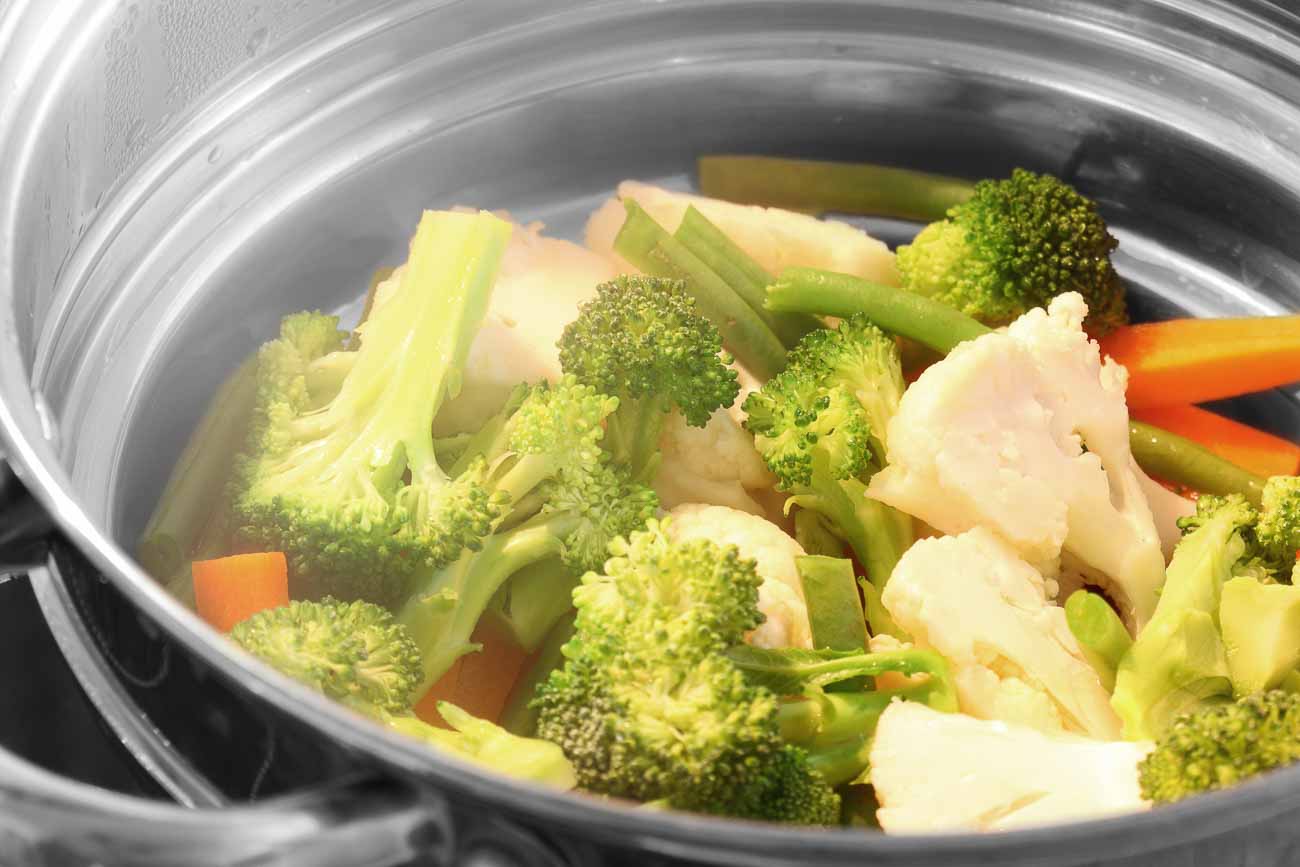

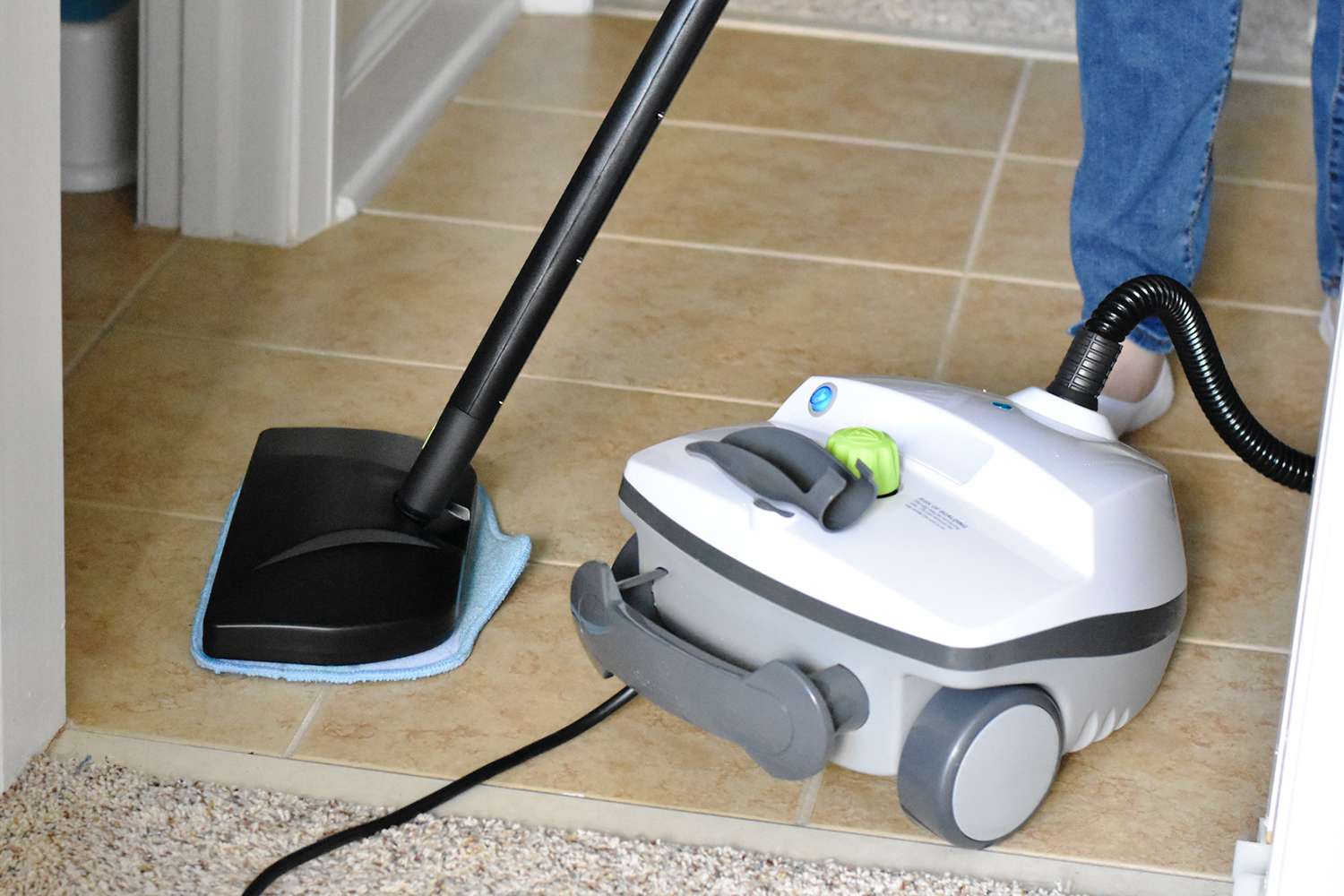
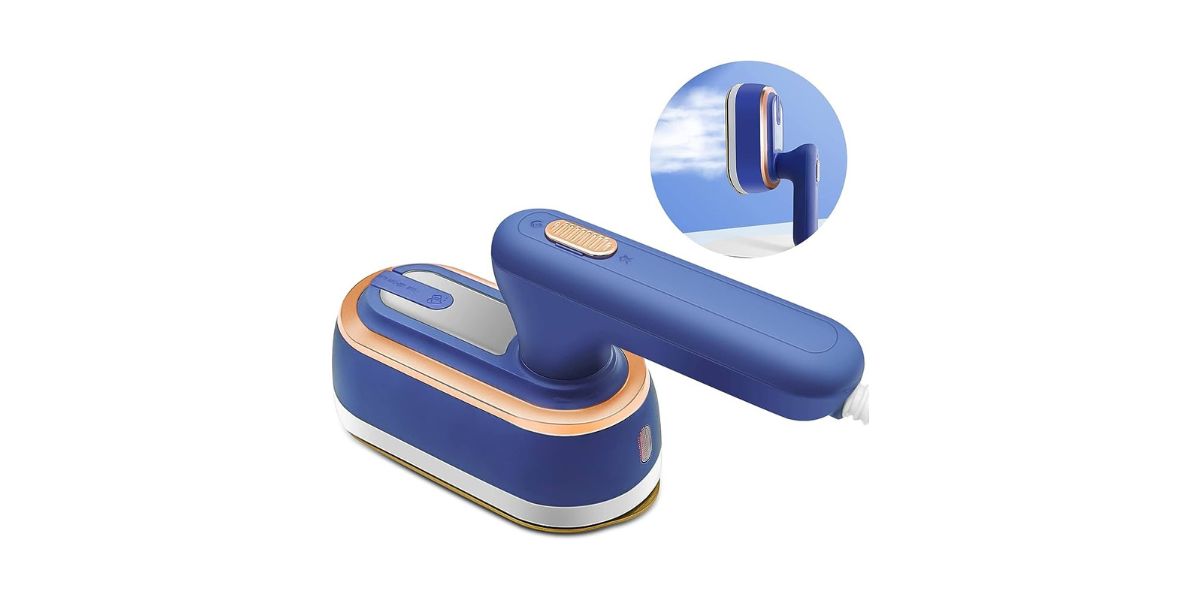
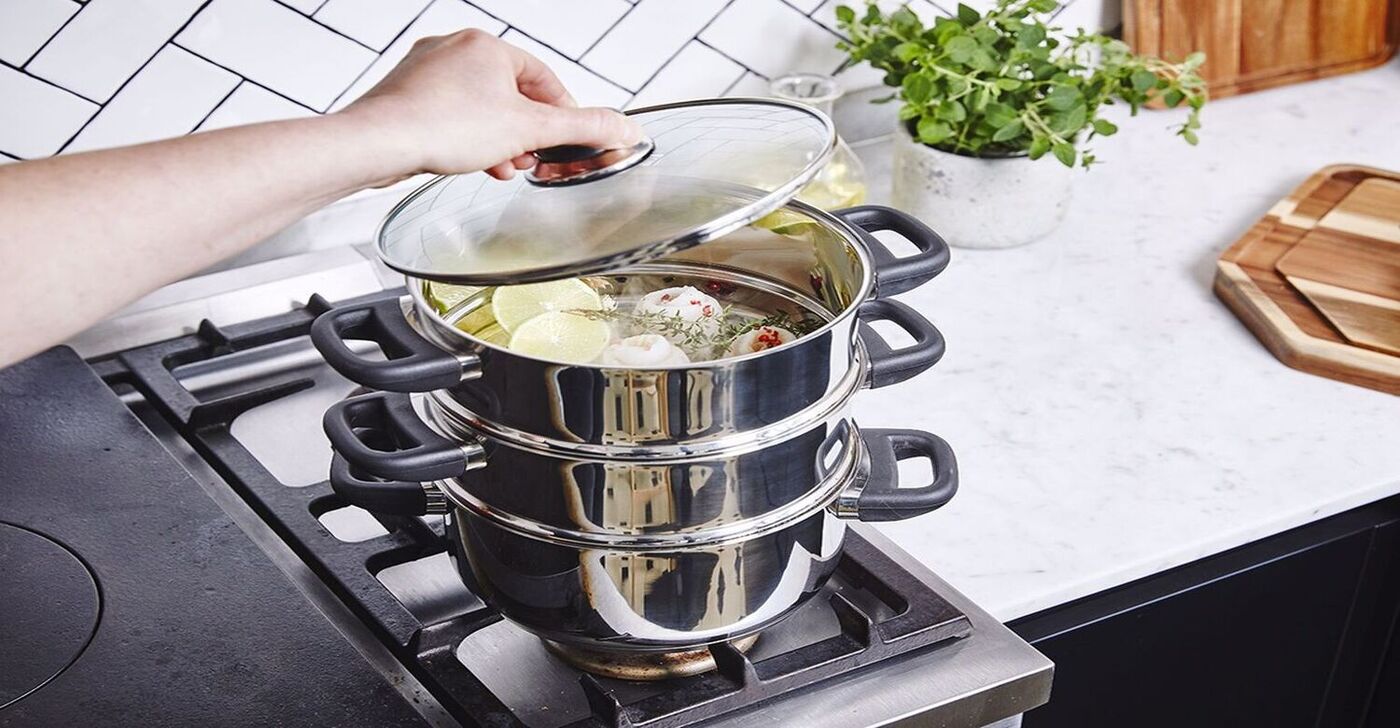
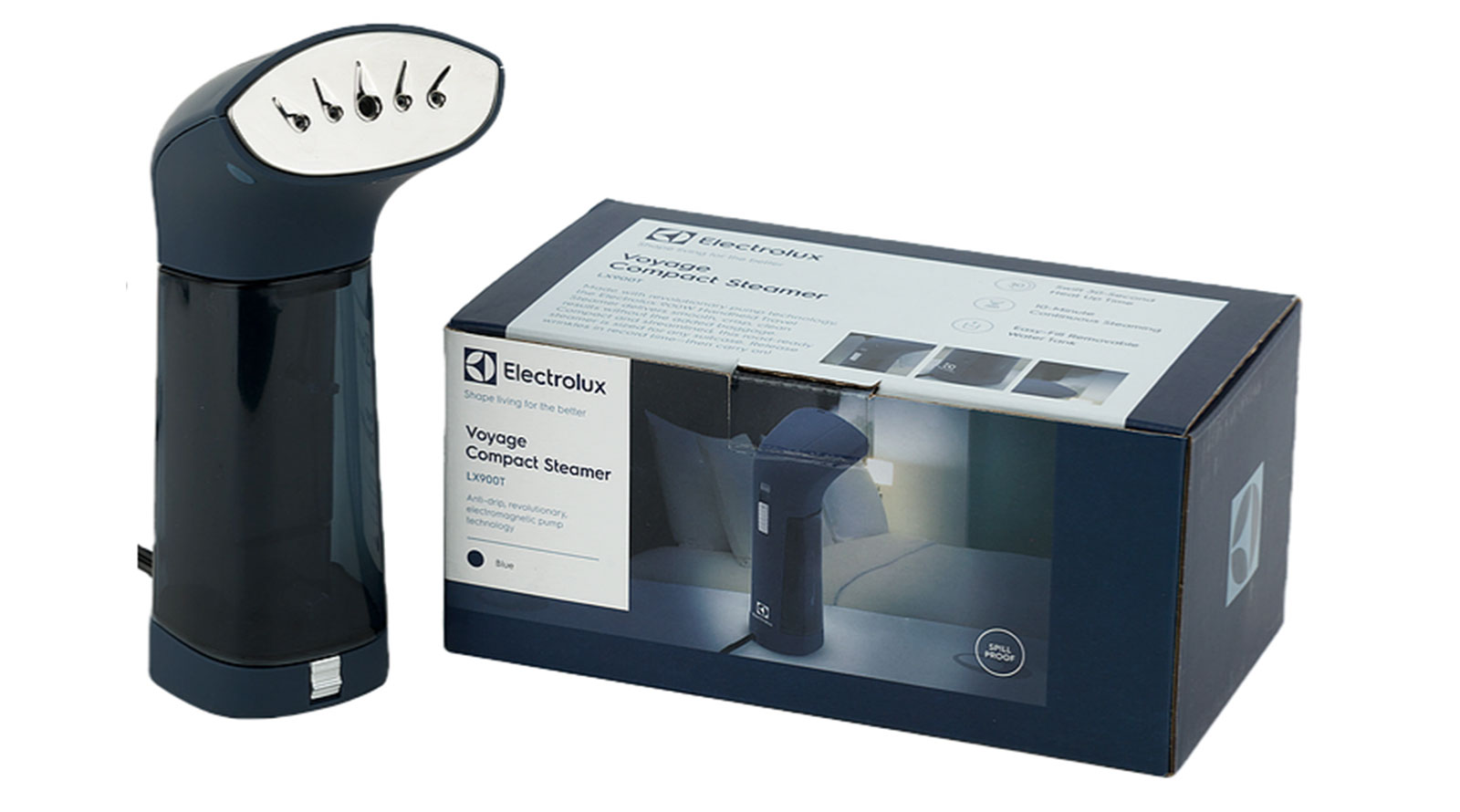
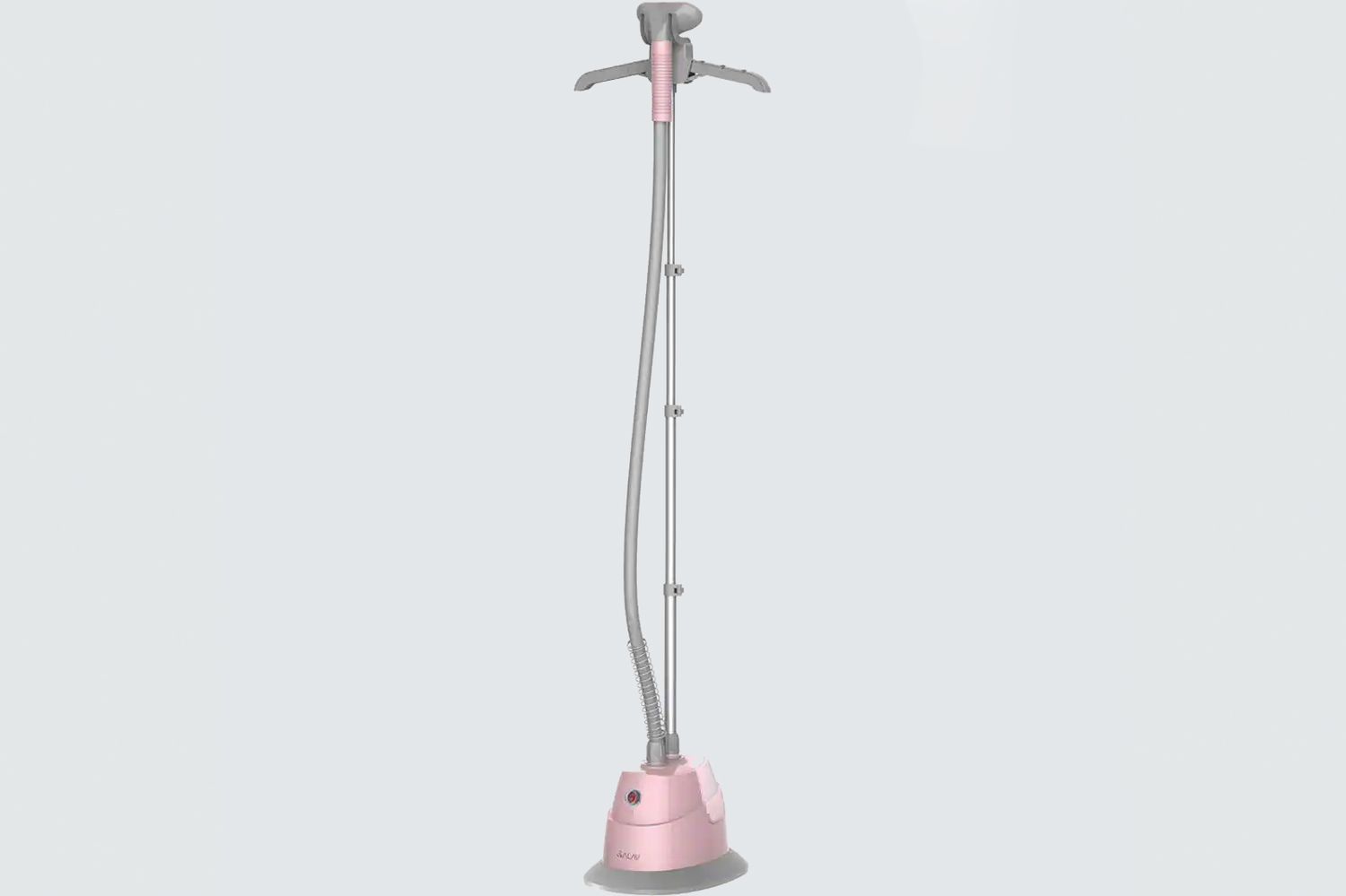



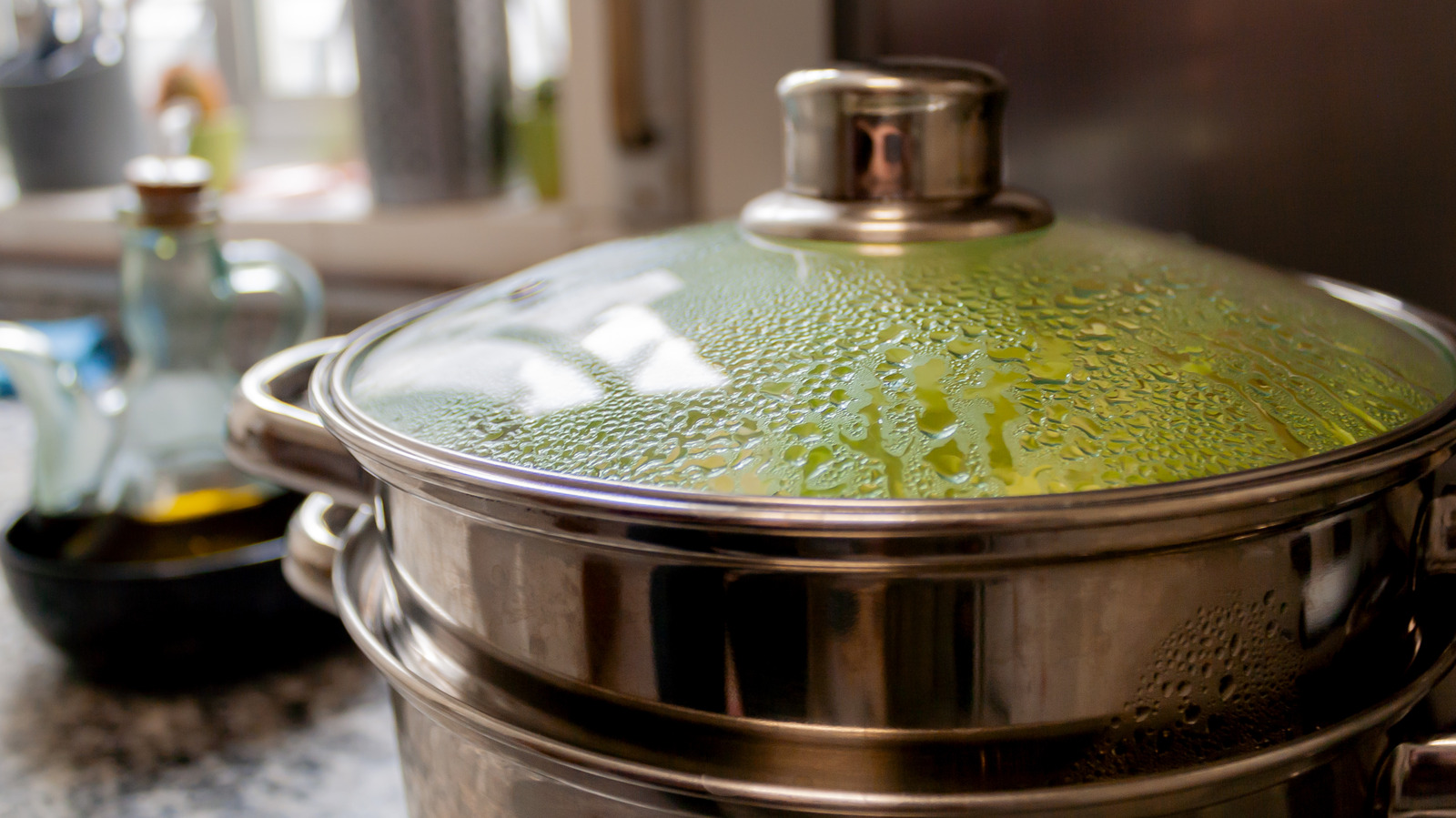
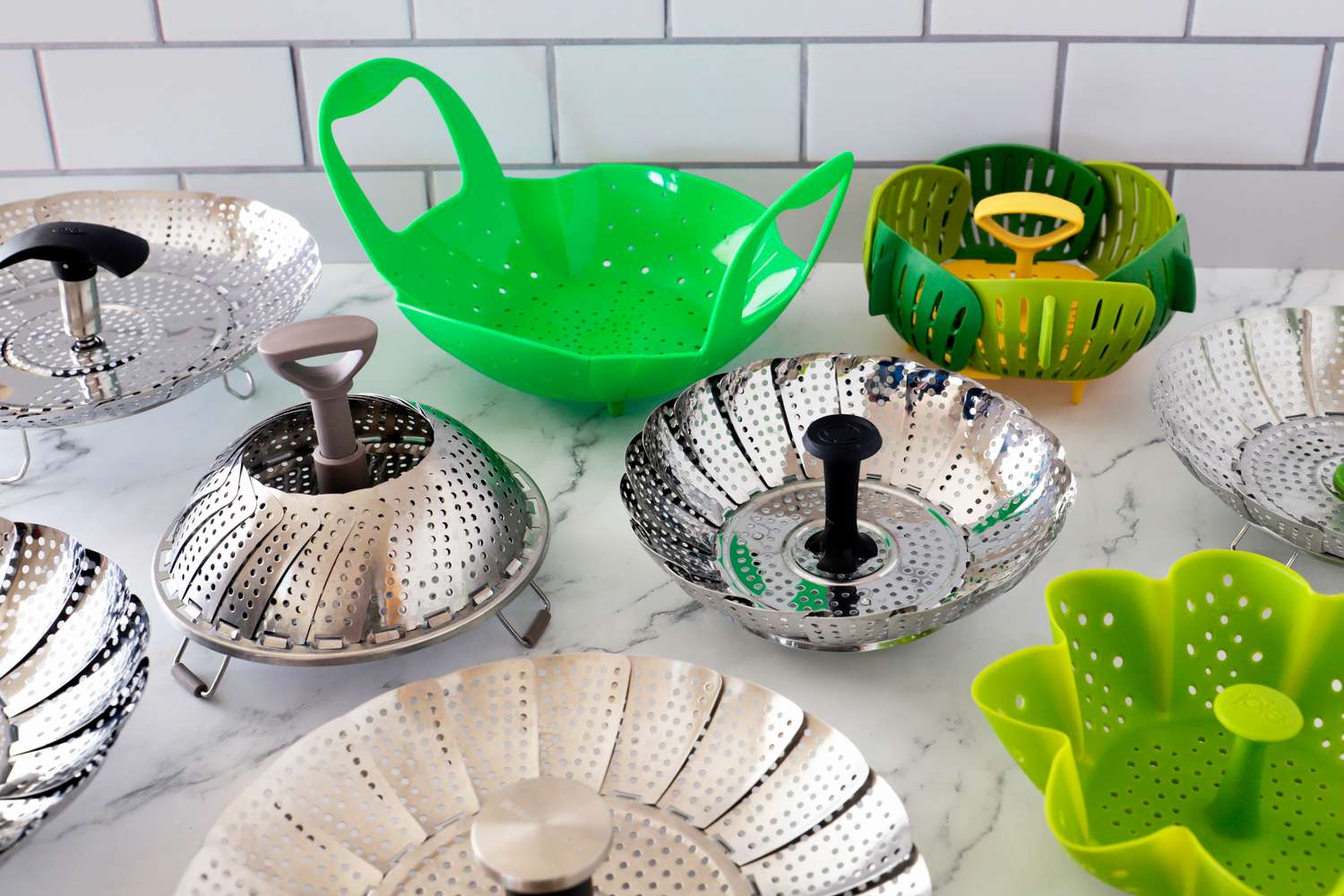
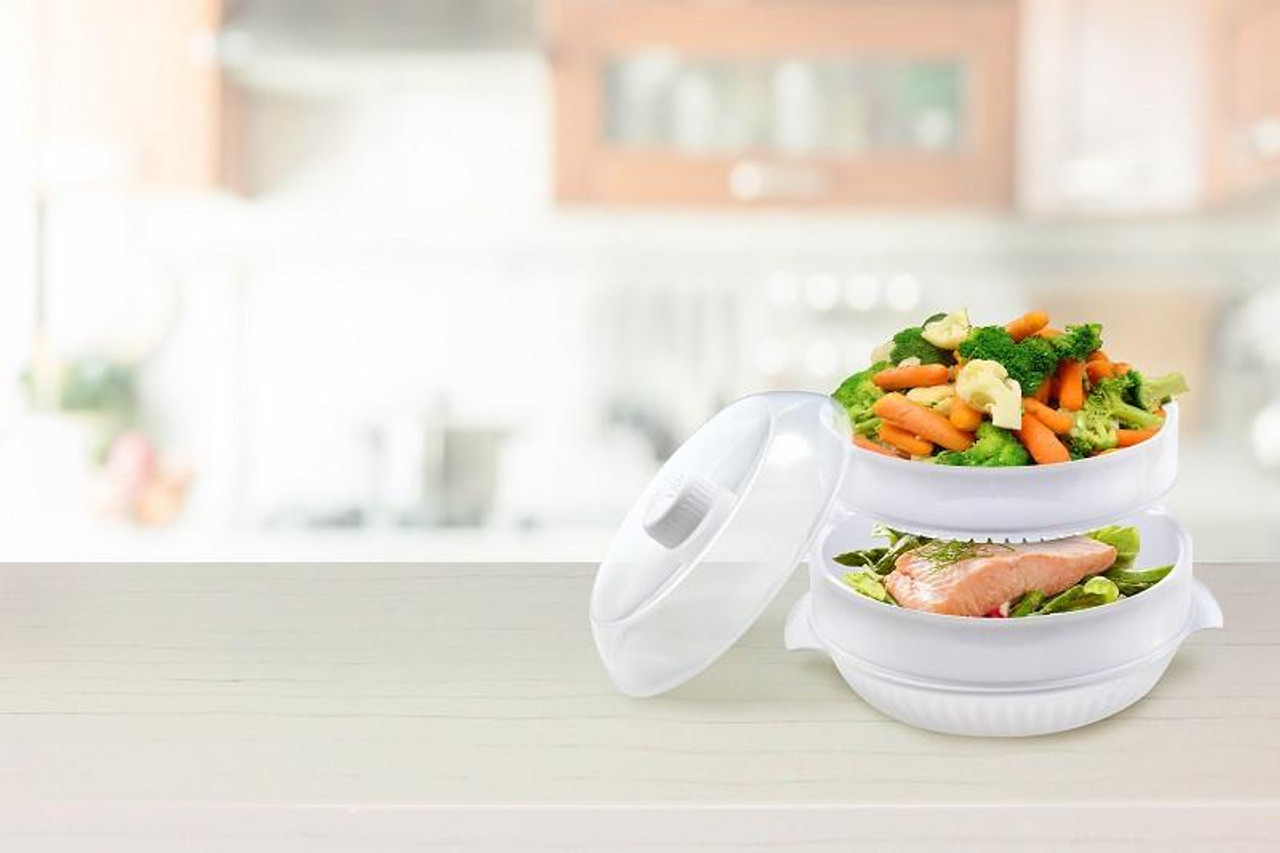


0 thoughts on “How To Use Vegetable Steamer”